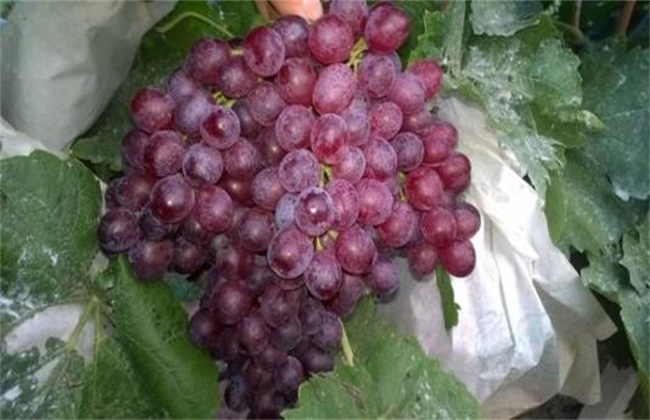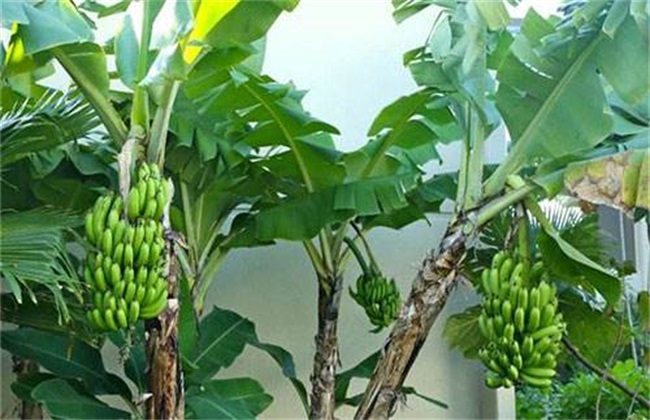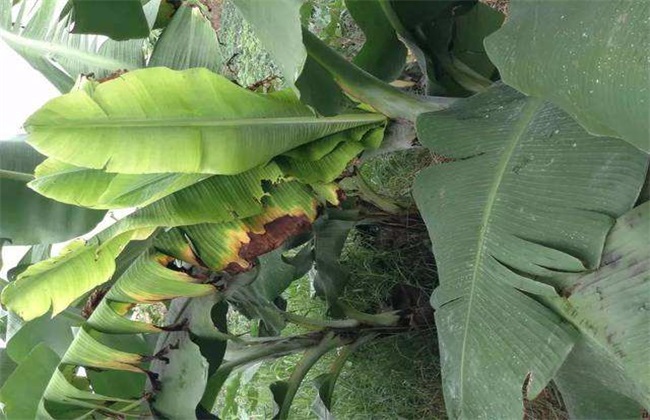High-yielding cultivation techniques of Ruby Grape
Ruby grape is a late-ripening seedless variety, which has strong growth potential and high germination rate. It generally begins to hang fruit in the second year after planting, and it has strong adaptability, lax requirements for soil, fertilizer and water, and good economic benefits. So if the ruby grape wants to have a high yield, the cultivation techniques are very important. Let's take a look at the high-yield cultivation techniques of the ruby grape together with the editor.

1. Planting
As the seedlings will lose water during storage and transportation in winter, soaking must be carried out to make the seedlings eat enough water and improve the survival rate. Generally planted in March-April, the grapes cut should be irrigated on the border, 0.35 kg Acetochlor per mu should be sprayed for weeding, and the buds should not be pressed by the plastic film after cutting, budding and leveling the ground. Cover a small mound of soil on top and flatten the mound in half a month or so, and the buds will come out naturally.
2. Pruning and binding
One-year-old seedlings, when the grape branch grows to about 40 cm, pick the heart in time, trim the tendrils at the same time, leave three main vines, fight and bind in time, each branch has 6-7 full buds in winter, and the rest are cut off. For 2-year-old seedlings, leave about 10 fruiting branches tied to the vine, cut off the tendrils, pick the heart in full bloom, and leave a secondary shoot on each branch, 4-5 fruiting mother branches in winter, and 3-5 full buds on each branch. seedlings of more than 3 years old are the same as 2-year-old pruning.
3. Fertilizer and water management
In addition to applying organic fertilizer before planting, one-year-old seedlings should also apply 25 grams of potassium sulfate compound fertilizer per plant in mid-June, 2 kilograms of organic fertilizer per plant in October, and appropriate amount of phosphate fertilizer. Before sprouting, the 2-year-old seedlings should be suitable for nitrogen, phosphorus and potassium compound fertilizer per mu, topdressing potassium fertilizer from June to July, applying organic fertilizer and adding appropriate amount of nitrogen and phosphorus fertilizer in autumn after harvest, and then the amount of fertilizer should be determined according to the number of results. In addition, the grapes should be watered once with fertilization before sprouting, frozen water once at the beginning of winter, watering times should be determined according to the weather in summer and autumn, and drainage should be paid attention to in rainy season.
4. Fruit bagging
Ruby grape is a kind of high-grade fruit, so in order to improve its quality, bagging should be carried out after 2 weeks, and bagging should be suitable. Spray fungicides and insecticides before bagging, and bag them after the solution dries.
The above is the introduction of high-yield cultivation techniques of ruby grape. I hope it can help you. If you want to know more about it, please follow us.
Related
- Moge, come on! The staff of the peasant association in the producing area of cantaloupe were frightened when the crowd gathered.
- Causes and Solutions of low Fruit setting rate of Apple
- Symptoms and control measures of passion fruit virus disease
- Fruit growing lesson: how do apple orchards keep high yields?
- Can you build orchards in the mountains? What are the pros and cons?
- How to manage the coloring period of Crisson grape?
- This paper introduces the processing technology of two kinds of fig products.
- How much is a month for retired teachers in rural areas by 2020?
- How can strawberry planting increase sugar content? We should pay attention to management in many aspects.
- What are the cultivation techniques on how to improve the yield of golden fruit?



